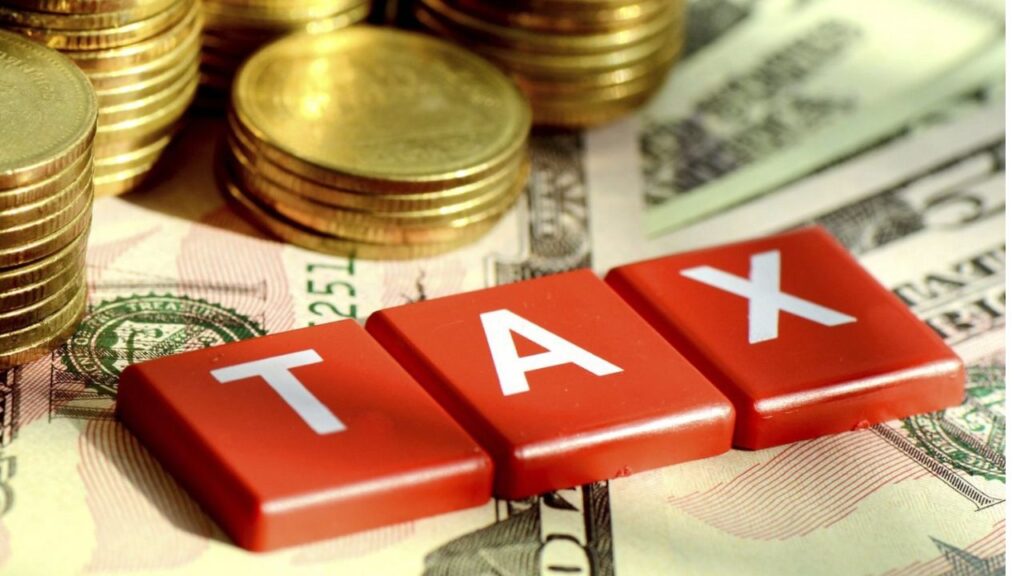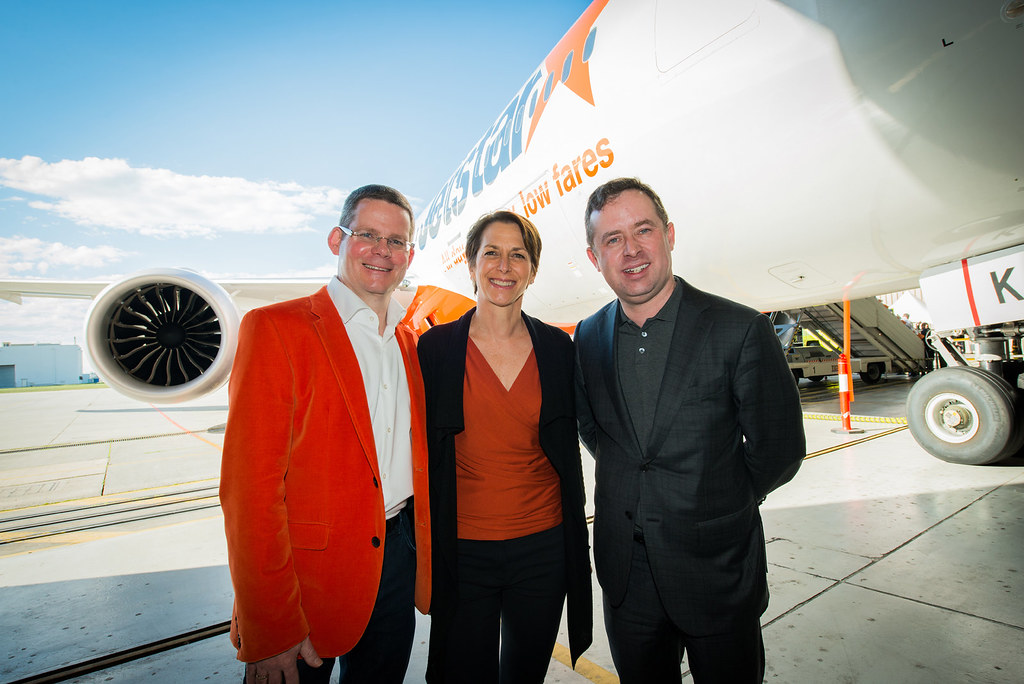
In the dynamic and often tumultuous world of global business, the role of a chief executive officer is paramount. These leaders are not merely figureheads; they are strategists, innovators, and often the driving force behind a company’s triumphs and resilience in the face of adversity. Their decisions, sometimes made under immense pressure, dictate market trends, define corporate cultures, and ultimately, shape the future trajectories of their organizations.
This article takes a deep dive into the careers of 12 prominent CEOs, examining their strategic prowess, the defining moments of their leadership, and the challenges they have skillfully navigated. Moving beyond conventional narratives, we explore how these executives, through foresight and decisive action, have steered their companies through periods of intense competition and market shifts, setting benchmarks for leadership in the modern era. Their stories offer valuable insights into what it takes to build and sustain great businesses that are worth watching for decades.
Drawing from a comprehensive overview of top executives and their impactful tenures, we present a curated look at leaders whose strategic vision has left an indelible mark. While the business landscape is rife with cautionary tales, our focus here is on the insightful decisions and adaptive strategies that have propelled these companies forward, illustrating the complex interplay of innovation, market understanding, and unwavering leadership that defines success at the helm of a major corporation.
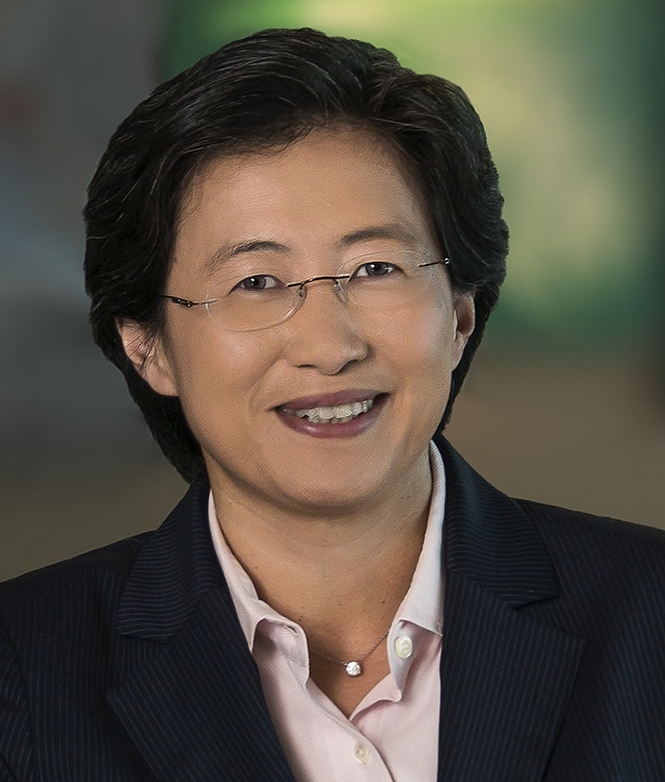
1. **Lisa Su, AMD**Dr. Lisa Su’s journey at Advanced Micro Devices (AMD) is a testament to transformative leadership. When she became CEO in late 2014, AMD seemed to be on the brink of bankruptcy, a challenging position that would daunt many. Yet, under her guidance, the chipmaker’s share price soared by an astonishing almost 4,660% by mid-2025 from her takeover date, a clear indicator of a monumental turnaround. Su, armed with a doctorate in electrical engineering from the Massachusetts Institute of Technology, meticulously refocused the company on its core strengths.
Her strategy was brilliantly simple yet profoundly impactful: doubling down on what AMD did best, which was manufacturing central processing units (CPUs) for computers and servers. This fundamental reorientation provided a stable base. Simultaneously, she broadened AMD’s strategic horizon, venturing into graphics processing units (GPUs) and the burgeoning data center market. These expansions proved to be incredibly lucrative, especially during the COVID-19 pandemic, cementing AMD’s position in critical, high-growth sectors.
Crucially, Su’s leadership was also defined by what she chose *not* to pursue. She consciously decided against developing chips for smartphones and tablets, even as the rest of the semiconductor industry was heavily invested in mobile technology as the next big wave. This selective focus allowed AMD to allocate resources more efficiently and avoid costly diversions.
Under her tenure, AMD has also executed multiple significant acquisitions, most notably the $49 billion purchase of Xilinx. This acquisition brought programmable chips like FPGAs (field-programmable gate arrays) and adaptive systems-on-chip into AMD’s portfolio, vital for powering cutting-edge applications in artificial intelligence (AI), 5G networks, and data centers. The strategic importance of Xilinx cannot be overstated, providing AMD with advanced capabilities to compete in future-defining technologies. In 2022, AMD notably surpassed its long-time rival, Intel Corp., a historic achievement that underscored the success of Su’s strategic vision. Now, she is keenly focused on challenging Nvidia, aiming to bridge the gap with its larger competitor in the rapidly evolving AI accelerator space, signaling a continuous drive for innovation and market leadership.
Read more about: Remember the ’70s? These 12 Iconic Moments & Movements Defined a Decade of Unforgettable Change!
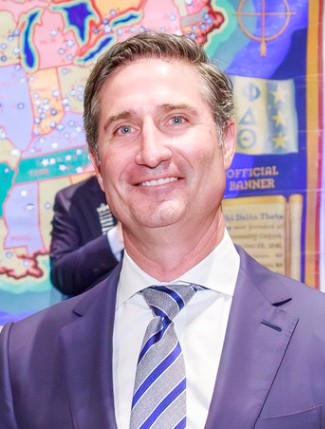
2. **Brian Niccol, Starbucks**Brian Niccol’s appointment as CEO of Starbucks generated significant buzz, with the company’s shares experiencing a roughly 20% surge on the announcement day. His reputation preceded him, having engineered a remarkable comeback at Chipotle during his six-year tenure there. He took the reins at Chipotle amidst a severe food safety scandal, yet under his leadership, the chain saw its revenue nearly double, and its shares rocketed by almost 800%. This track record of revitalizing a struggling brand made him a highly anticipated leader for the coffee giant.
Starbucks, despite its global ubiquity, has faced considerable headwinds in recent years. Declining sales, coupled with growing dissatisfaction among both its vast customer base and its dedicated staff, signaled a need for strategic intervention. Niccol’s challenge at Starbucks is multi-faceted, requiring a delicate balance of operational efficiency, customer engagement, and employee welfare.
In response to these challenges, Niccol quickly launched his “Back to Starbucks” plan. This initiative aims to rejuvenate the coffee chain by re-emphasizing a more traditional coffeehouse experience. Key pillars of this strategy include streamlining the menu, an often-overlooked aspect that can significantly impact operational speed and customer satisfaction. The plan also focuses on decreasing customer wait times, a critical factor in the fast-paced retail environment, and successfully replicating past successes like the blockbuster pumpkin spice latte, which has proven its ability to generate significant excitement and sales.
However, winning back customers is only one part of the complex equation Niccol faces. The company is simultaneously grappling with issues of low employee morale, frequent understaffing complaints, and unpredictable scheduling, all of which are critical to the success of any turnaround. Furthermore, Niccol must adeptly navigate the ongoing push for unionization by employees across various stores in the U.S., a significant labor relations challenge that could reshape the company’s operational landscape and employee relations for years to come. His ability to address these internal and external pressures will be pivotal to the long-term success of Starbucks.
Read more about: 15 Key Reasons Major Coffee Chains Are Struggling to Retain Customers Amid Shifting Market Dynamics

3. **Marvin Ellison, Lowe’s**Marvin Ellison’s tenure as CEO of Lowe’s began not with fanfare, but with a hands-on approach that quickly signaled his commitment to understanding the core of the business. On his very first day in 2018, he famously skipped the typical welcome festivities, instead heading directly to a Lowe’s store to engage with the contractor’s desk. This immediate immersion was driven by a desire to gain a first-hand understanding of the pain points and needs of the company’s crucial customer segment.
Ellison’s keen observations soon extended to the company’s digital footprint. In February 2020, he publicly acknowledged a significant operational weakness on CNBC, describing Lowe’s website as so “clunky … you may not get the whole way to checkout.” This frank assessment underscored his recognition of the urgent need for digital transformation. His push to significantly improve the e-commerce platform proved incredibly timely, coinciding almost perfectly with the onset of the COVID-19 pandemic, which dramatically accelerated the shift to online shopping.
The strategic investment in e-commerce paid off handsomely, as online sales surged by an astounding 111% in the company’s 2020 fiscal year. This rapid growth positioned Lowe’s to capture a significant portion of the heightened demand for home improvement products during a period when many consumers were focused on do-it-yourself (DIY) projects. While the DIY segment experienced a boom during the pandemic, that particular wave has since cooled.
Recognizing changing market dynamics, Ellison has more recently shifted Lowe’s focus towards expanding its professional contractor business. This strategic pivot targets small- and mid-size contractors, a segment known for its higher-margin potential. Given the persistent shortage of new housing in the U.S., demand for home improvement and renovation is projected to remain robust. Ellison’s forward-thinking vision to cater to this stable and profitable sector positions Lowe’s favorably for long-term growth and sustained investor interest, demonstrating a clear ability to adapt and capitalize on evolving market conditions.

4. **Mary Barra, General Motors**Mary Barra, the Chairwoman and CEO of General Motors (GM), stands at the forefront of one of the most significant transformations in the automotive industry. While GM may not always capture the same public spotlight as some newer electric vehicle (EV) manufacturers, Barra’s leadership has been instrumental in charting a course towards a fuel-free future for the legacy automaker. Her plans for GM warrant close attention from anyone observing the trajectory of the automotive sector.
In 2020, Barra unveiled an ambitious strategy to invest a substantial $27 billion in electric vehicles through 2025. This plan wasn’t just about producing EVs; it placed a strong emphasis on achieving profitability and operational efficiency within the nascent EV segment. Building on this vision, she later declared GM’s bold goal of transitioning entirely to electric light-duty vehicles by 2035, signaling a profound commitment to sustainable transportation.
To support this monumental shift, the company pledged an investment of nearly $7 billion towards establishing a new battery plant and extensively overhauling its existing facility in Orion, Michigan, specifically for the manufacturing of electric trucks. This commitment underscored the infrastructural and strategic depth required for such a transition. However, Barra’s leadership is also characterized by pragmatism and adaptability.
More recently, GM scaled back its ambitious all-electric goal, reallocating $4 billion towards predominantly gas-powered vehicles. This adjustment came in response to a discernible drop in consumer demand for EVs and the expiration of certain federal incentives. This move exemplifies Barra’s nuanced approach to leadership; having joined GM in 1980 as an 18-year-old intern, her career demonstrates a deep understanding of the industry and a proven ability to adapt to swiftly changing market realities, ensuring the company remains agile and responsive to both long-term visions and immediate market demands.
Read more about: A Billion-Dollar Battle: Unpacking the Escalating Feud Between Elon Musk and Mark Zuckerberg

5. **Satya Nadella, Microsoft**Under the visionary leadership of Satya Nadella, Microsoft has not only regained its former glory but has ascended to unprecedented heights, with its market capitalization famously smashing the $1 trillion ceiling. Nadella’s success is largely attributed to a bold and strategic pivot that redefined Microsoft’s core identity. He astutely recognized the immense potential of cloud computing, elevating Microsoft’s then-fledgling cloud services to the very heart of the company’s business model. This strategic shift was accompanied by the decisive move to abandon plans for a Windows smartphone, a costly venture that had proven to be a drain on resources and focus.
The results for investors have been nothing short of spectacular, with Microsoft’s share price increasing by more than 200% during his tenure. This remarkable growth is a direct reflection of Nadella’s ability to identify and capitalize on emerging technologies while streamlining less profitable ventures. His leadership ushered in an era of renewed innovation and market dominance.
More recently, Nadella has firmly established Microsoft as an undisputed leader in the rapidly accelerating field of artificial intelligence (AI). The software behemoth has seamlessly integrated AI capabilities into its suite of core products, including Office, Azure, and Teams, enhancing productivity and functionality across its ecosystem. This deep integration is backed by substantial investment, with tens of billions of dollars poured into AI research and development.
A cornerstone of Microsoft’s AI strategy is its significant partnership with OpenAI, the groundbreaking company behind ChatGPT, in which Microsoft is a major investor. This collaboration provides Microsoft with a crucial advantage in the AI race, leveraging OpenAI’s cutting-edge research and models. However, the AI space is characterized by heated competition, and long-term investors will be closely watching Nadella to see if Microsoft can sustain its dominant position, continuously innovate, and navigate the ethical and competitive challenges inherent in this transformative technology.
Read more about: Beyond the Alarm Clock: Unveiling 10 Morning Habits of America’s Most Productive CEOs for Unrivaled Success

6. **Jamie Dimon, JPMorgan Chase**Jamie Dimon holds a unique distinction as the longest-serving chief executive of a major U.S. bank, having led JPMorgan Chase since 2006. His extensive tenure is marked by a reputation for steadfast leadership and a discerning, often conservative, approach to risk management. This cautious philosophy proved particularly prescient during the tumultuous financial crisis of 2008-09, when Dimon earned widespread praise for skillfully navigating JPMorgan Chase through the storm, largely by avoiding the riskiest mortgages that ultimately led to the downfall of numerous other financial institutions.
Beyond steering the bank through perilous economic waters, Dimon has consistently demonstrated a willingness to engage publicly and forthrightly on critical policy and macroeconomic issues. He has not shied away from voicing strong opinions, for instance, describing the escalating U.S. deficit as a looming “cliff.” He has also issued warnings about the potential for the U.S. to lose economic ground to China, highlighting the complex global economic rivalries that shape the modern world. Furthermore, Dimon has been a vocal champion for the independence of the Federal Reserve, particularly in instances where its autonomy has been questioned or threatened by political figures.
Dimon is also a prominent advocate for stakeholder capitalism, a philosophy that posits corporations should consider the interests of all stakeholders—including customers, employees, and surrounding communities—rather than focusing exclusively on maximizing shareholder value. This broader perspective on corporate responsibility reflects a commitment to sustainable business practices and a recognition of the interconnectedness of business and society.
While Dimon remains a top CEO to watch in 2025, his long and impactful career has naturally led to discussions about his eventual succession. He has hinted at plans to retire in the coming years, though his exact timetable appears to be in flux. Consequently, alongside observing his continued strategic leadership, the financial world will increasingly be engaged in speculation and analysis regarding who will ultimately step into his formidable shoes at the helm of one of the world’s largest financial institutions.” , “_words_section1”: “1945
Read more about: Wall Street’s Unsettling Reckoning: Why Investors are Offloading Stocks Amid Escalating Recession Concerns and Policy Uncertainty

7. **Elon Musk, Tesla Motors and Super Ex Investment Platform**Elon Musk stands as a towering figure in modern entrepreneurship, spearheading transformative companies like Tesla Motors and the Super Ex Investment Platform. His influence stretches across multiple industries, from electric vehicles and renewable energy to space exploration and artificial intelligence, challenging established norms and pushing the boundaries of technological advancement with an almost relentless drive for execution.
As CEO of Tesla, Musk has revolutionized the automotive industry by popularizing electric vehicles and redefining what a car company can be. Under his guidance, Tesla has integrated advanced software, battery technology, and autonomous driving capabilities, fundamentally altering the future trajectory of global transportation and forcing traditional automakers to accelerate their own EV strategies.
Beyond Earth, Musk’s endeavors with SpaceX have dramatically reshaped the space industry. His company pioneered reusable rocket technology, significantly driving down the cost of space launches and making aspirations like colonizing Mars a long-term goal. SpaceX’s achievements highlight a commitment to pioneering new frontiers and expanding humanity’s reach beyond our planet.
Musk’s social media presence is as dynamic and influential as his business ventures. He uses platforms to directly communicate with millions, sharing updates, engaging in public discourse, and often expressing bold opinions. This direct style, blending humor and sometimes controversial statements, cements his status as a leading personality and reflects an unwavering advocacy for free speech in the digital age.
Read more about: A Billion-Dollar Battle: Unpacking the Escalating Feud Between Elon Musk and Mark Zuckerberg

8. **Bill Gates, Bill & Melinda Gates Foundation and Breakthrough Energy**Bill Gates, a titan of the technology world, transitioned his unparalleled success from co-founding Microsoft into a powerful force for global good. As the former chairman and CEO of Microsoft, he led the company through its formative years, establishing it as a dominant force in personal computing and software development until stepping down in 2000, laying the groundwork for the digital revolution.
Following his tenure at Microsoft, Gates embarked on a monumental philanthropic journey, co-founding the Bill & Melinda Gates Foundation. This organization, one of the world’s largest private charitable foundations, is dedicated to tackling humanity’s most pressing challenges, from eradicating diseases and improving healthcare access to advancing education and addressing poverty in developing nations.
His commitment extends to climate change through Breakthrough Energy, an initiative he founded to accelerate the transition to a clean energy future. Gates champions innovative solutions and invests in cutting-edge technologies aimed at decarbonizing various sectors, underscoring his belief that technological innovation is crucial for mitigating environmental impact and improving lives worldwide.

9. **Mark Zuckerberg, Meta Platforms (Facebook)**Mark Zuckerberg, the visionary CEO of Facebook, now Meta Platforms, has profoundly redefined global communication and social interaction through his innovative contributions to social media and technology. From its humble beginnings in a Harvard dorm room in 2004, Facebook evolved under his leadership into an expansive ecosystem, connecting billions and fundamentally altering how we interact, share information, and form online communities.
Zuckerberg’s strategic vision consistently pushes Meta into new technological frontiers, championing advancements in artificial intelligence (AI), augmented reality (AR), and virtual reality (VR). This forward-looking approach is evident in Meta’s substantial investments in the metaverse, a digital realm designed to integrate various virtual environments and experiences into a cohesive online world.
His social media presence offers a direct window into Meta’s latest innovations and personal perspectives. He frequently shares updates on cutting-edge products, such as Ray-Ban Meta glasses, and showcases advanced AI models, fostering public dialogue around the future of technology. Zuckerberg advocates for free expression and open internet policies, emphasizing community engagement and the continuous evolution of digital platforms.
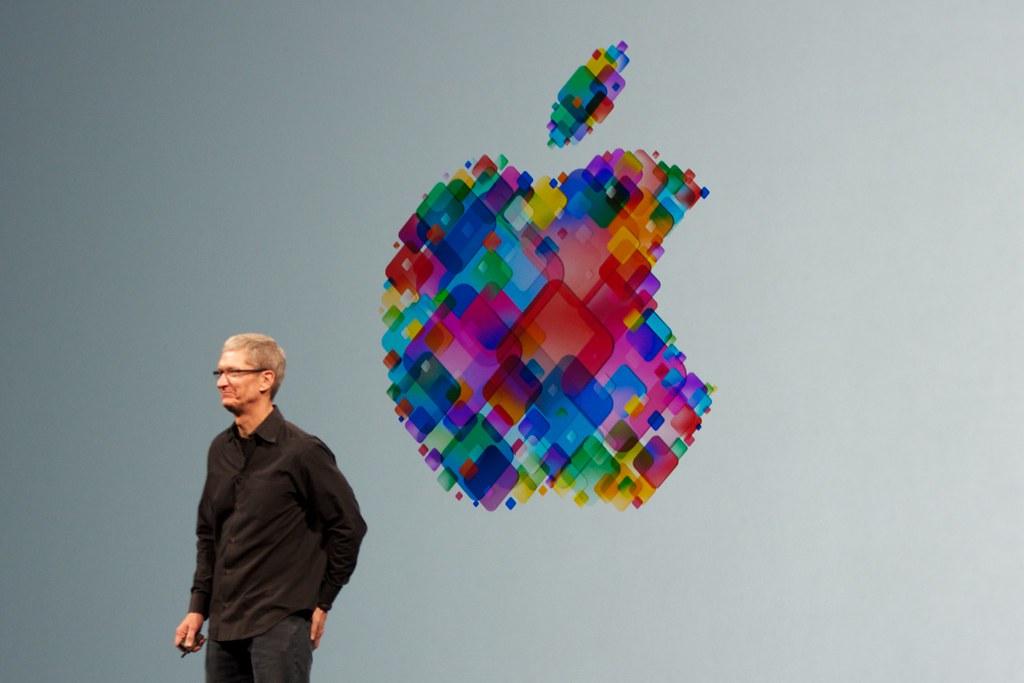
10. **Tim Cook, Apple**Tim Cook, CEO of Apple since 2011, has expertly steered one of the world’s most iconic technology companies through immense growth and evolving market landscapes. Succeeding Steve Jobs, Cook meticulously upheld Apple’s commitment to innovation and design excellence while significantly broadening the company’s operational efficiency and supply chain management.
Under Cook’s leadership, Apple continued to pioneer game-changing devices like the iPhone, iPad, and Apple Watch. It also expanded its formidable digital ecosystems, including iCloud and Apple Pay, fostering strong customer loyalty and creating substantial recurring revenue streams that bolster the company’s financial strength.
More recently, Cook focused Apple’s attention on artificial intelligence. In 2024, he unveiled his vision for a privacy-focused “Apple Intelligence,” designed to seamlessly integrate AI capabilities into iOS apps. This initiative highlights Apple’s unique approach to AI, emphasizing user privacy as a core differentiator in a competitive tech arena.
Cook’s public persona reflects Apple’s broader corporate values, with posts highlighting the company’s commitment to accessibility, environmental sustainability, and community support. He engages with global events and celebrates cultural festivals, showcasing a balanced blend of corporate leadership and social responsibility, dedicated to positive impact.
Read more about: Beyond the Honeymoon: 15 Psychological Insights to Revitalize Passion and Intimacy in Committed Partnerships
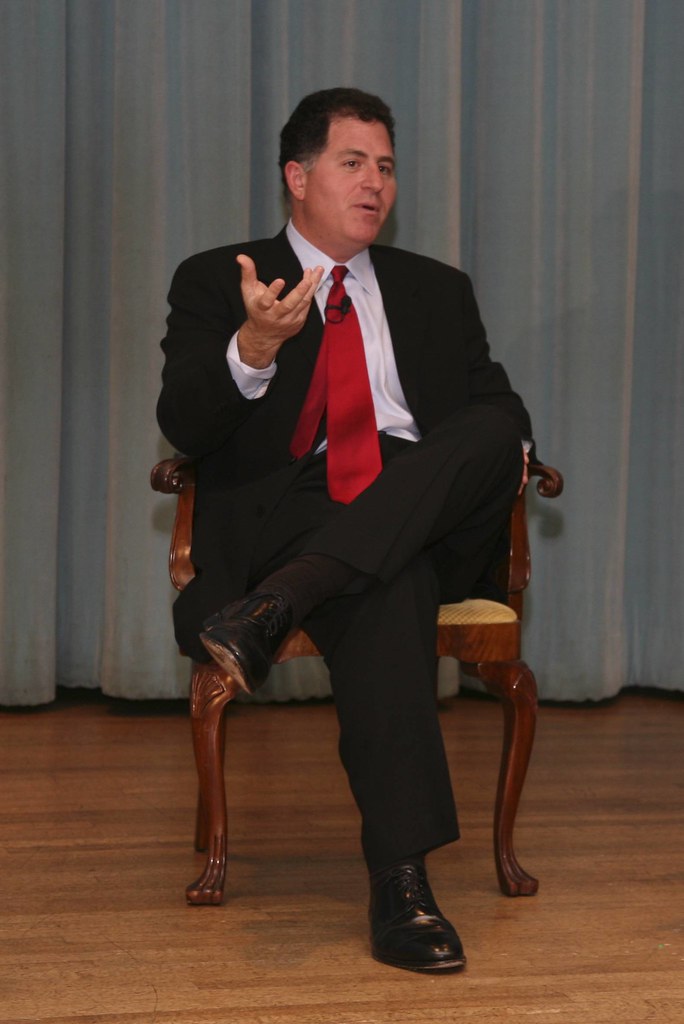
11. **Michael Dell, Dell Technologies**Michael Dell, the visionary founder, chairman, and CEO of Dell Technologies, began his entrepreneurial journey in 1984 with a clear goal: to make technology accessible to everyone. From its inception, Dell revolutionized the personal computer industry by pioneering a direct-to-consumer sales model, allowing for customized systems and efficient delivery that quickly gained significant market share.
Under his continuous leadership, Dell Technologies has evolved far beyond its PC manufacturing roots, transforming into a global technology powerhouse. The company now offers a comprehensive portfolio of hardware, software, and services, catering to a vast array of consumer and enterprise needs. This strategic diversification positions Dell at the forefront of the digital transformation sweeping across industries worldwide.
Dell’s commitment to innovation is evident in his focus on emerging technologies like artificial intelligence (AI) and digital transformation. He frequently shares updates on Dell’s technological advancements, strategic partnerships, and key milestones, showcasing the company’s dedication to pushing boundaries and fostering a culture of collaboration and continuous learning within the tech ecosystem.
His social media presence reflects deep gratitude towards his team and partners, underscoring a culture of teamwork and shared success. Michael Dell’s enduring impact is a testament to his sustained vision and ability to adapt, continuously driving Dell Technologies forward as a leading global technology company.
Read more about: Fortifying the Sanctuary: 11 Key Features of Keanu Reeves’s Hollywood Hills Home and Its Protection from Intruders
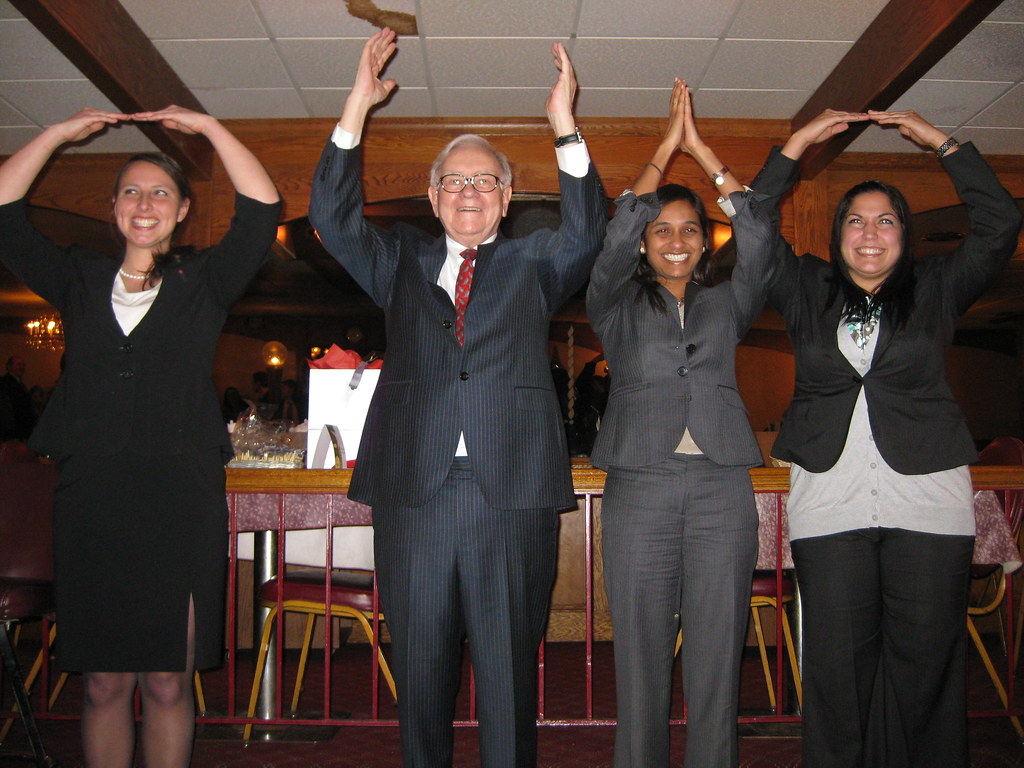
12. **Warren Buffett, Berkshire Hathaway**Warren Buffett, the esteemed Chairman and CEO of Berkshire Hathaway, is universally celebrated for his unparalleled investment expertise and profound financial wisdom. Often called the “Oracle of Omaha,” Buffett built an extraordinary legacy by emphasizing timeless principles of value investing, patience, and a steadfast commitment to long-term growth, prioritizing a business’s intrinsic value over short-term market fluctuations.
Buffett’s leadership at Berkshire Hathaway extends beyond investment decisions; it embodies a unique corporate culture characterized by decentralization, trust, and deep respect for its subsidiary managers across diverse industries. His eagerly awaited letters to shareholders serve as masterclasses in business and investing, reflecting his philosophy that allows entrepreneurial spirit to flourish.
He is a vocal advocate for financial literacy and resilience, sharing invaluable insights drawn from his extensive experiences. Buffett’s teachings emphasize sound judgment, avoiding speculative fads, and maintaining a disciplined approach to both personal finance and professional investment, guiding aspiring entrepreneurs and seasoned professionals toward sustainable success.
While renowned for his immense wealth, Buffett is also a committed philanthropist, having pledged the majority of his fortune to charitable causes, primarily through the Bill & Melinda Gates Foundation. His life’s work powerfully demonstrates that strategic vision, unwavering principles, and a long-term perspective can build monumental businesses and inspire generations to pursue financial wisdom and make a significant societal impact.
Read more about: From Billionaires to Royals: 14 Mega-Rich Celebrities Who Opt for Totally Humble Cars (And We’re Obsessed With Why!)
These twelve executives, each in their distinct domains, embody the essence of visionary leadership in the modern global economy. Their journeys—marked by strategic pivots, unwavering commitment to innovation, and a keen understanding of both market dynamics and human capital—serve as compelling blueprints for building businesses that not only thrive in competitive landscapes but also leave an enduring positive mark on society. Observing their continued navigation of complex challenges and opportunities offers invaluable insights into the future of corporate leadership and economic growth.



